Want to contribute to this article?
There's a risk culture in every organisation. In fact, there's likely to be multiple different attitudes and behaviour towards risk taking within each department of your business.
To stay competitive in today's market, it's vital you have an integrated, enterprise approach to risk management. Failure to effectively identify, assess and treat risks results in excessive costs, reputation damage and long-term issues for the business.
The key is to establish, embed and continually promote your risk culture. Here are the five key components for managing risk culture.
Your risk culture is made up of five core components:
- A defined risk appetite: Behaviours and attitudes
- An established risk management process
- An integrated risk management tool
- An effective governance strategy
- Continual risk monitoring
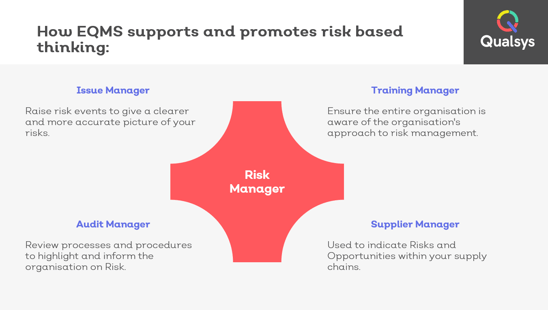
Enterprise integrated risk management software is now a widespread, well-adopted tool for businesses to:
- Identify and detect risks: operational, strategic, financial etc.
- Implement a collaborative risk assessment process
- Ensure the risk treatment process is effective and inline with the company risk appetite
- Monitor and review changes and risks
Watch 1-hour risk management software webinar:
EQMS by Qualsys a collaborative, integrated quality management software system.
The tool is built for organisations seeking a pragmatic way to apply and embed risk-based thinking throughout the business and their supply chain.
Here's an example of how it works:
- Risk data is collected at source and fed directly into the central management system for review e..g Employee feedback, Voice of Customer, issues, external threats.
- Risks are then analysed using the Risk Manager module. It's a flexible tool so you can apply your own risk assessment methodology, risk appetite, consequences & likelihood etc. so you can create an impact analysis report.
- Based on the risk and your unique settings, this will then kick-start a workflow which lets the right people know what the risk is, and may ask for their feedback and evaluation.
- If approved, the treatment process is then set. A review of the treatment can be scheduled in Audit Manager.
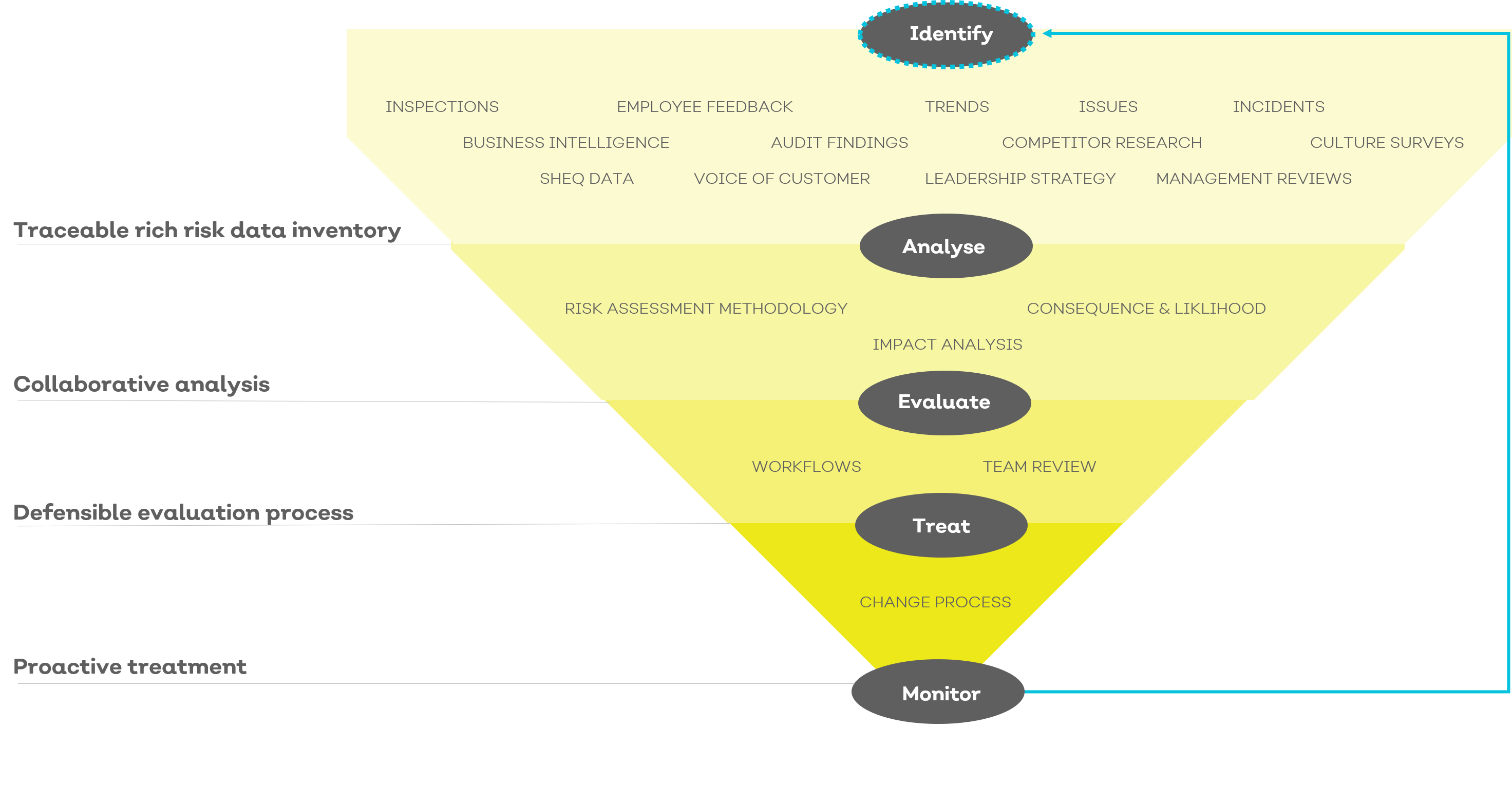
EQMS Risk Manager Features
| Identifying risk | Any user can log in and suggest a risk. The system directs the suggestion to your Risk Manager, who then decides whether to log the suggestion as a risk to be further assessed, or reject it. The system records the Risk Manager's response and feeds it back to the user who made the suggestion. |
| Evaluating risk | The system keeps a full list of all the risks your business faces. It assesses each risk against the data provided (including likelihood and impact) and uses a formula to calculate a risk level and risk class. |
| Managing risk | If the risk class and risk level are unsatisfactory, the Risk Manager may take action to lessen the risk (and perhaps lower its class and level) until it becomes acceptable. For higher risks, the Risk Manager may define which action should be taken when a related incident occurs so its impact can be limited. |
| Monitoring risk | The system has powerful risk analysis and monitoring tools such as configurable risk calculators and risk traffic lights. It provides easy access to a bank of assessments so users can see what controls were tested and the results of the assessments. Risk Managers can access a range of reports to analyse metrics, and apply a number of parameters to help with their decision-making. |
Benefits
EQMS saves you time and money by allowing you to assess risks quickly, efficiently and consistently. Its workflow functionality enables you to assign responsibilities and set deadlines to ensure risks are dealt with promptly and never ignored. Your employees know exactly who's responsible for doing what when it comes to limiting risk, which in turn allows you to better demonstrate compliance.
What you should do now
Download the 5 step guide to good governance, risk and compliance here.




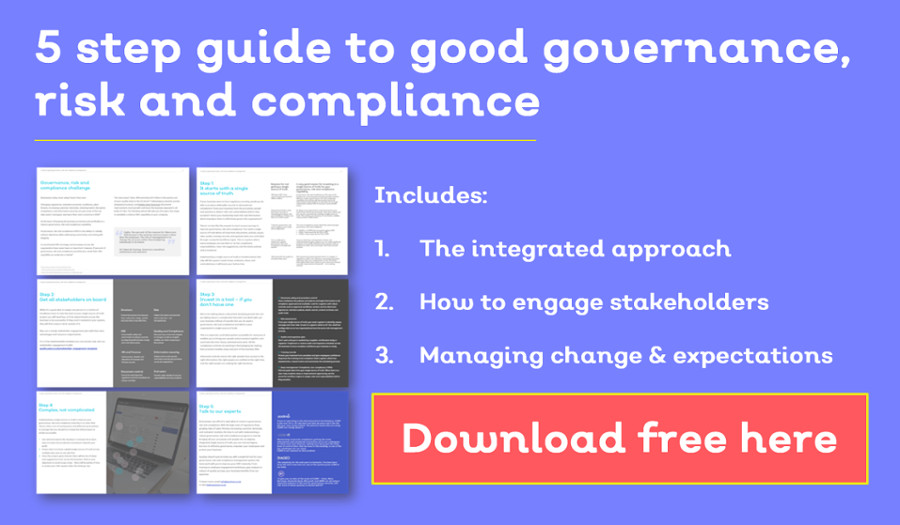
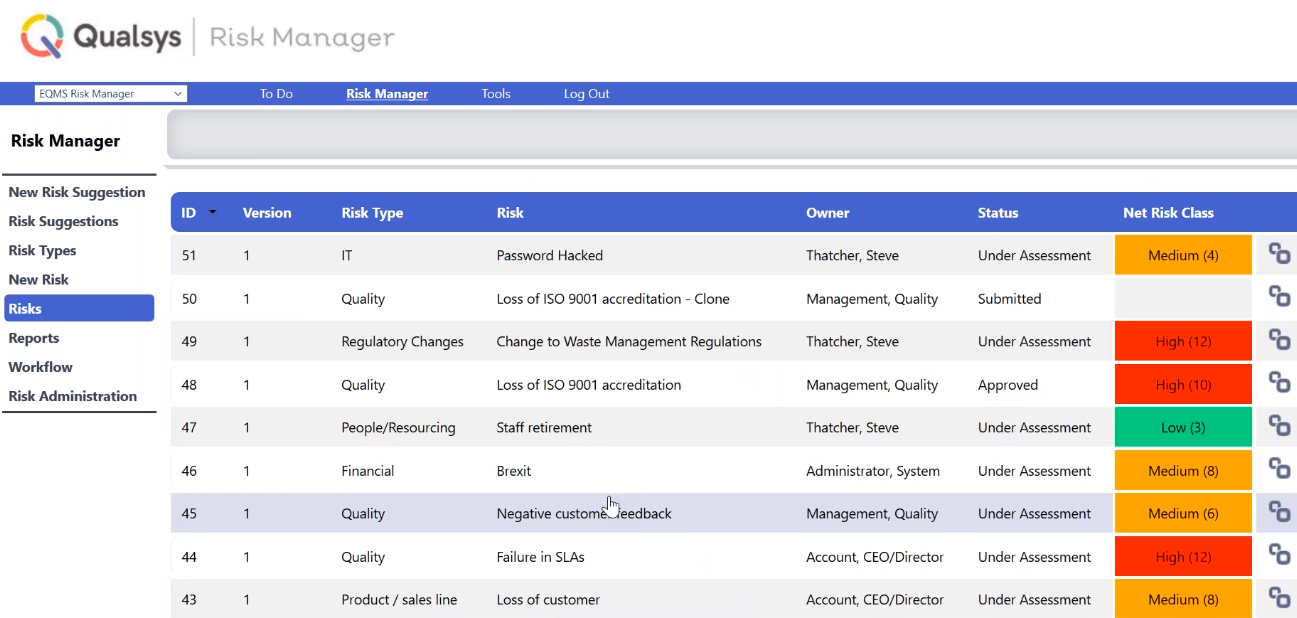

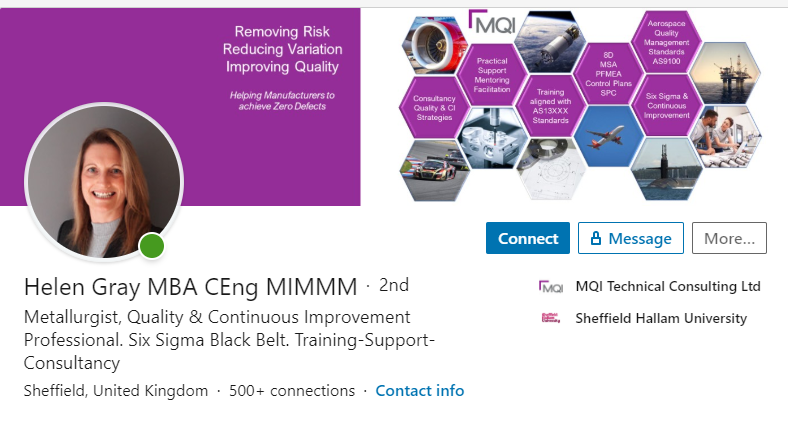
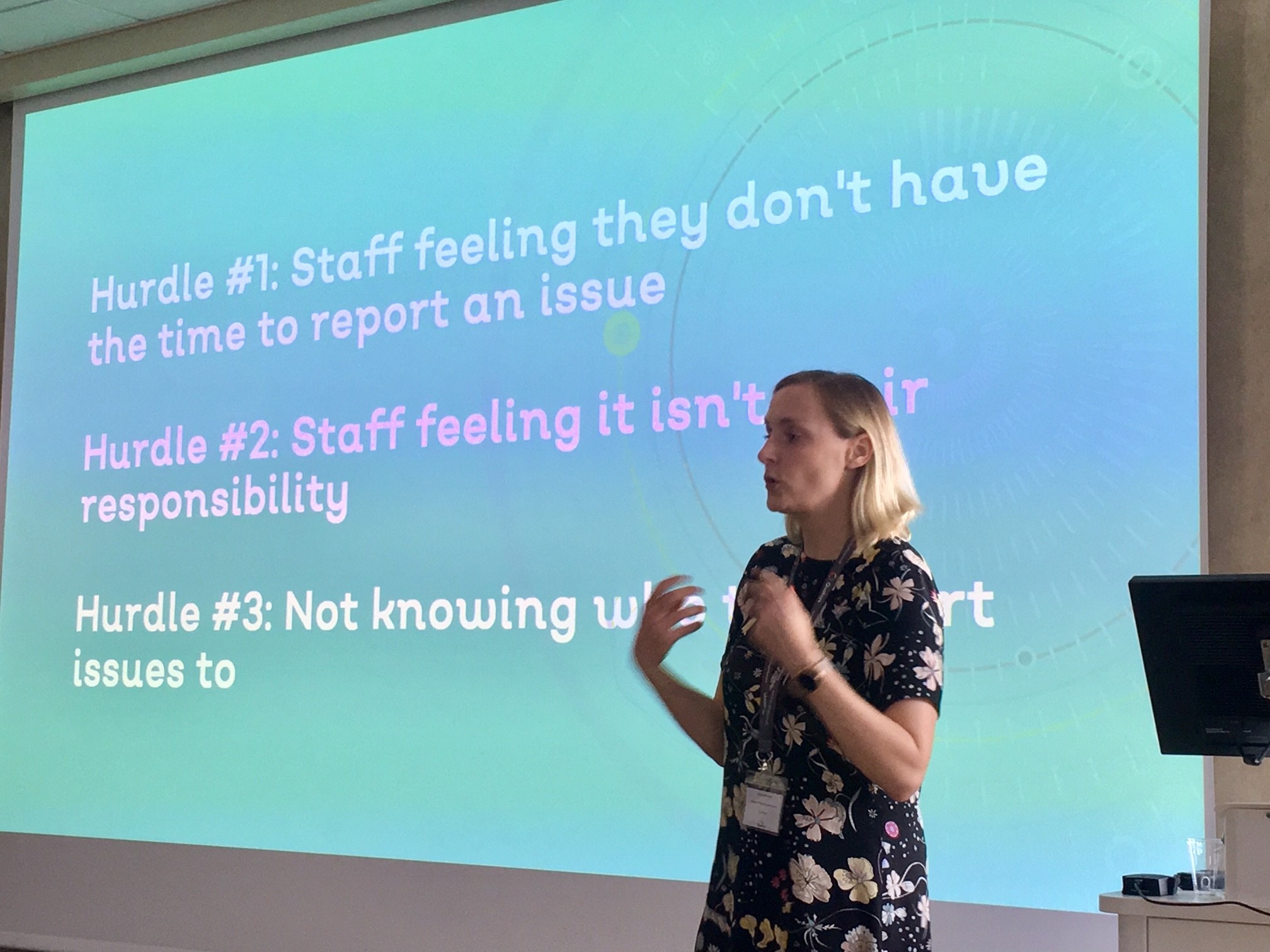
Share your thoughts on this article